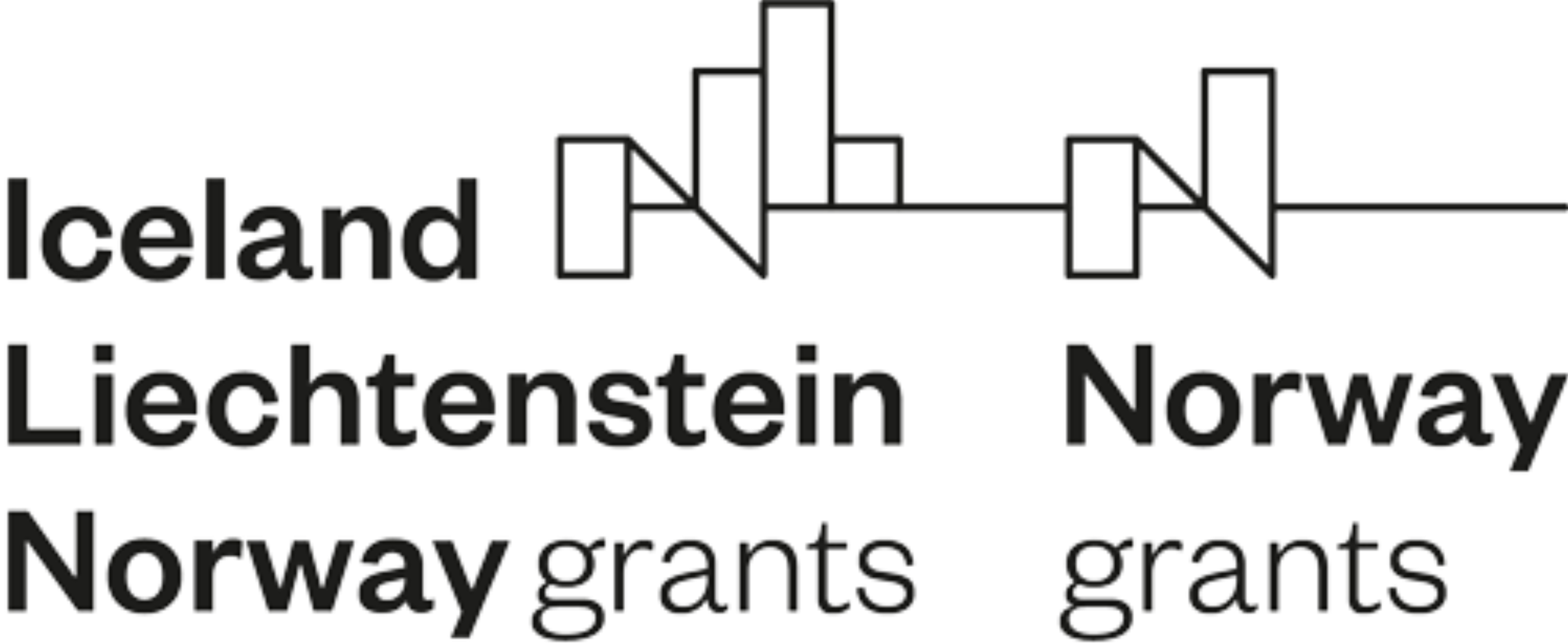31/01/2023: Croatia, 3rd Call for Proposals on Business Development and Innovation
 © Photo: Spencer Davis
© Photo: Spencer DavisThe call will finance business growth and scale-up activities in Croatian companies, in addition to increasing cooperation with Norway.
See the mandatory attachments and essential reading below.
Deadline
Thursday, 31 January 2023, 14:00 (Norwegian / Croatian time)
Project activities must be completed by 30 April 2024 at the latest.
You can apply here
Available Funding
A total budget of 6.045.512 Euro
Individual Project Scheme: 5.045.512 Euro
Small Grants Scheme for SMEs: 1.000.000 Euro
Areas of Support
These calls will support projects within the two focus areas:
- Green Industry Innovation
- Blue Growth
Green Industry Innovation
Green Industry Innovation can support the greening of manufacturing and production industries. It can support investments in greener technologies to increase production capacity, diversify products or services, or contribute to a fundamental change in the production process of the Croatian company (automation/ digitalisation/ robotisation) to make the process greener and more efficient.
Blue Growth
Blue Growth can support sustainable growth in the marine and maritime sectors. Seas, oceans, rivers, lakes, and islands represent innovation and economic growth resources. Examples of projects include the development of products/solutions for blue energy, development of solutions related to marine litter and waste, development or investments in maritime supra-structures, development, or investments in blue biotechnology and more.
Who Can Apply?
Eligible applicants: SMEs and large enterprises with less than 25% public ownership registered as legal enterprises in Croatia.
Eligible partners: Any private or public entity, commercial or non-commercial, established as a legal entity in Norway or Croatia.
Presentation of the 3rd Call and Matchmaking for Partnerships
On 14 December 2022, Innovation Norway organised a webinar and matchmaking to present the new Open Call for Proposals on Croatia.
Bilateral Project Partnership Opportunity
Projects that include Norwegian partners are encouraged.
Eligible partners are any private or public entity, commercial or non-commercial, established as legal entities in Norway or Croatia.
The program offers travel grants to strengthen cooperation and business partnerships: Travel Grants - Croatia.
Partners should be actively involved in and effectively contributing to the implementation of the project. The contribution from a partner should be necessary to achieve a successful project result, and the applicant must request it. The contribution also needs to be tailor-made for the project and not something that can be bought “off the shelf” from several suppliers or consultants.
Please note that the project partnership model differs from what you might be used to from EU programs like Horizon 2020. The main focus of the Business Development and Innovation Program in Croatia is to develop the applicant enterprise from Croatia. The applicants must be the primary beneficiaries of the project results (see FAQ for more information).
See what one of our successful Project Promotor, Croatian Innovator, who has established cooperation with Norwegian Partner in developing a new solution for the international market has to say about the Cooperation:
Example of an investment project
Sharing best practices and contributing with expertise/competence/know-how from similar companies/activity in Norway. This is usually a tiny part of the project.
The applicant (the Croatian company) must be willing to co-finance this additional cost, which they most probably will if they see it as an added value to the project.
Example in an R&D project
- The partner could contribute with contractual research (sell and invoice their services) to the Croatian applicant. The Croatian applicant must cover the co-financing for this additional cost.
- The partner could develop a product/solution with the Croatian applicant. In this case, they share the project result/IPR, and the Norwegian partner must cover the co-financing of their cost from their funds. However, it is essential that the Croatian company still is the project owner and the primary beneficiary of the project result.
Grant Rate and State Aid
This program does not have a fixed grant rate. The financial contribution will be determined on a ‘case-by-case’ basis, considering all relevant factors. Innovation Norway will use the General Block Exemption Regulation (GBER) as the legal basis for calculating eligible costs and grant rates.
Generally, a small or medium-sized enterprise (SME) in Croatia could get approximately 45-70 per cent of the total approved project budget for an investment project in grants, i.e., a grant rate of 45-70%. Depending on company size and project type, the grant amount could range from 50,000 to 1,5 million euros. Large companies can also apply but will get a lower grant rate.
Business Development and Innovation in Croatia
Norway supports the programme through the Norway Grants, and the Fund Operator is Innovation Norway.
Mandatory Attachments to the Project Application
- Expected Outcomes and outputs
- Detailed activity budget
- Procurement Plan
- Letter of Commitment
- Business Plan
- Draft Partnership Agreement
- Project management team
- Communication Plan
- Self declaration re. undertaking in difficulty
- Self declaration – clean criminal and tax record
Essential Reading for Project Applicants
- Standard Terms and Conditions
- Project Assessment Criteria and Methodology
- Application Form Guidelines
- Conversion Guidelines for Emissions
- Guidelines for Detailed Budget and Financial Forecast
- Guidelines Cross-cutting-issues and Good Business Practice
- Communication Guidelines
- Glossary of Terms
- Frequently Asked Questions (FAQ)
- Top-most common mistakes to avoid
